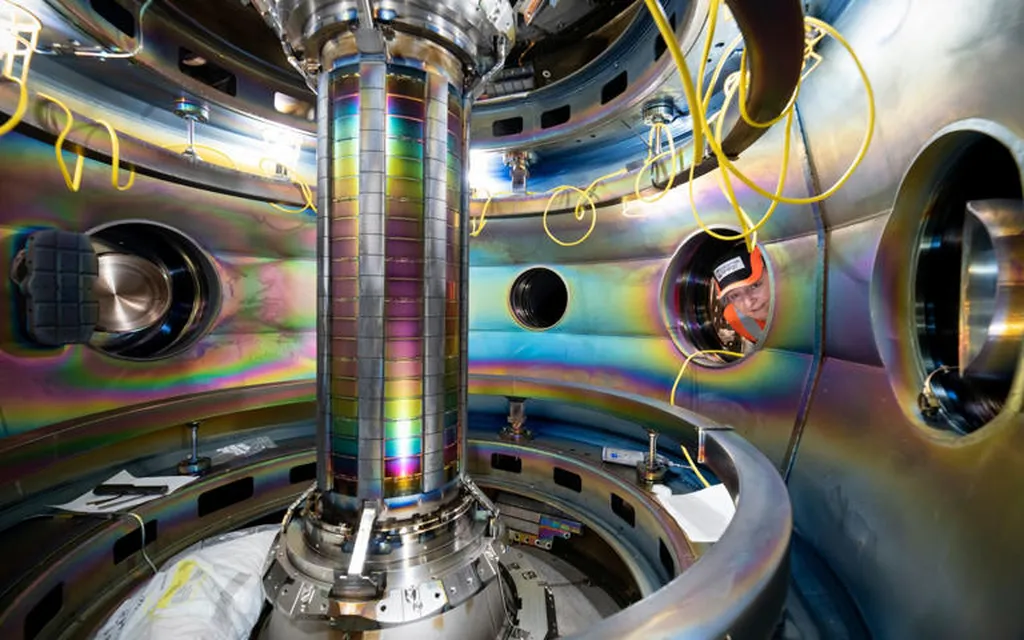In a significant advancement for the nuclear fusion sector, researchers have delved into the complexities of high-temperature superconducting (HTS) magnet systems, which are pivotal for the future of tokamak devices. This research, spearheaded by Xu Haorui from the State Key Laboratory of Advanced Electromagnetic Engineering and Technology at Huazhong University of Science and Technology, addresses the intricate challenges posed by the anisotropic magnetic fields in HTS tapes and the complex conductor structures that complicate electromagnetic simulations.
The study utilized finite element simulation software, COMSOL, to create comprehensive electromagnetic models and various simplified versions of the HTS magnet system. The results revealed intriguing insights into how the toroidal field (TF) coil primarily governs the central magnetic field and the maximum ripple of plasma. “Our findings indicate that while the TF coil significantly influences the plasma region, it can be largely disregarded when analyzing the magnetic field on the central solenoid (CS) coil,” Xu noted. This distinction is critical for optimizing the design of fusion reactors, where precise magnetic control is essential for maintaining plasma stability.
One of the most striking outcomes of the research is the revelation that the detailed structure of the conductor and the anisotropic nature of the HTS tape can lead to substantial discrepancies in the vertical magnetic field calculations when compared to the overall model. By integrating the average current distribution of the conductor structure, the team was able to mitigate simulation errors significantly. This improvement could lead to more accurate designs and enhanced performance of future fusion reactors, ultimately accelerating the transition from experimental setups to commercially viable fusion energy.
The implications of this research extend far beyond the laboratory. As the energy sector increasingly seeks sustainable and low-carbon alternatives, nuclear fusion holds the promise of providing a nearly limitless source of energy. The successful implementation of HTS magnet systems could be a game-changer, making fusion reactors more efficient and easier to operate. “This research not only enhances our understanding but also lays the groundwork for future innovations in fusion technology,” Xu emphasized.
As the world grapples with climate change and energy security, advancements like these could revolutionize how we think about and harness energy. Published in ‘发电技术’ (Power Generation Technology), this study represents a crucial step toward realizing the potential of fusion power. For more information about Xu Haorui’s work, visit lead_author_affiliation.




